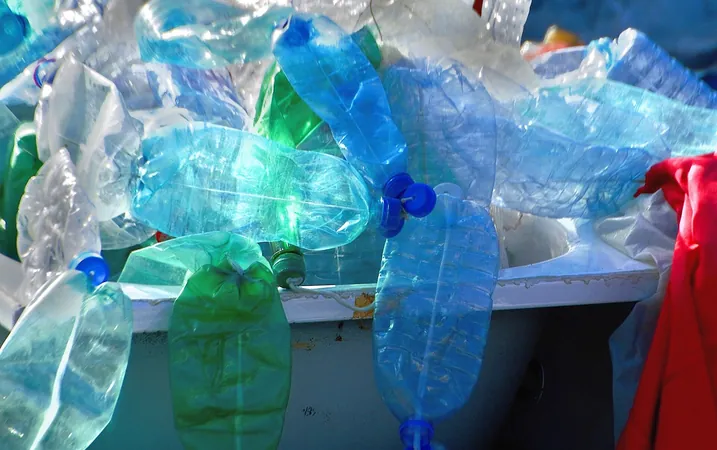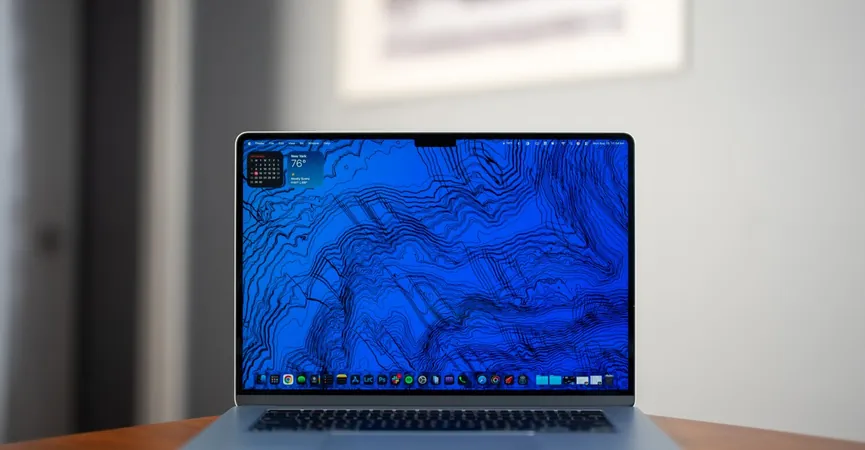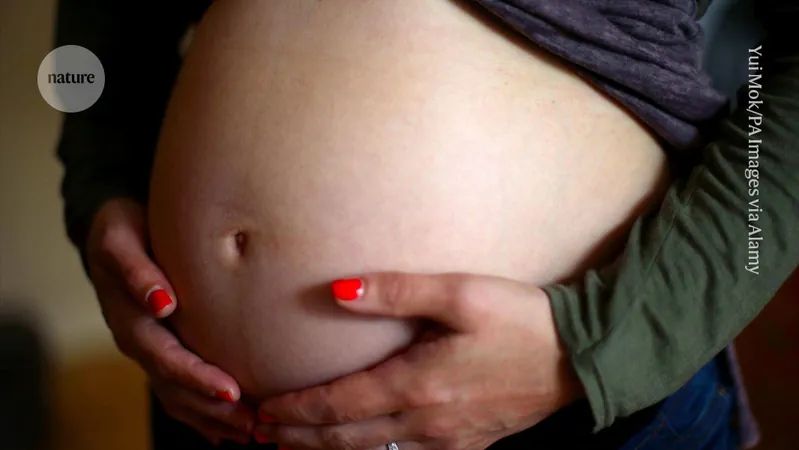
Revolutionizing Bioplastics: Unlocking Customizable Biodegradable Materials from Natural Polymers
2025-07-02
Author: Rajesh
A Breakthrough in Biodegradable Plastics
A groundbreaking study from Colorado State University, led by Distinguished Professor Eugene Chen, has unveiled a revolutionary method for converting natural polymers into advanced, recyclable plastics. Featured in Nature, this research highlights an innovative approach to transforming poly(3-hydroxybutyrate), or P3HB—a biodegradable polyester produced by microorganisms—into a diverse array of sustainable materials.
Towards a Circular Economy
This breakthrough represents a significant stride towards a circular materials economy. Here, products can be bio-based, reused, or recycled, drastically reducing the environmental impact of plastics and chemicals that usually contribute to landfill overflow.
From Nature to Innovation: The Power of P3HB
P3HB belongs to a class of substances known as polyhydroxyalkanoates (PHAs), designed to emulate the characteristics of traditional petroleum-based plastics but with a vital edge: they are fully biodegradable, breaking down naturally in various environments, including soil and oceans.
Catalytic Transformation: Changing the Game
Previous investigations into modifying PHAs were constrained due to the presence of only one version of this macromolecule in nature, bound by fixed traits like melting temperature and elasticity. Chen's team has now developed a catalytic process that alters the molecule's "handedness," a concept in chemistry referring to enantiomers—mirror-image molecules with distinct behaviors.
This breakthrough enables the formation of various versions of PHAs by linking these enantiomeric molecules into new macromolecular structures, leading to the production of customizable materials tailored for diverse applications.
A Versatile Future for Bioplastics
The newly created PHA polymers derived from natural P3HB boast enhanced properties suitable for packaging, medical products, and adhesives. Chen highlights that these materials can also be chemically converted back into smaller chiral molecules, which hold great potential for developing advanced medicines and innovative plastics.
Building on a Legacy of Research
This latest work builds upon years of exploration within Chen's team regarding the performance improvement of P3HB as a versatile biodegradable option. In a previous study published in Science, the team demonstrated that alterations to the microstructure of synthetic P3HB could enhance its adhesive properties, outperforming some commercial superglues.
Transformation Begins with Nature
With this current study, Chen's team flips the script. Rather than crafting synthetic P3HB from scratch, they initiate with natural P3HB and catalytically evolve it into next-generation PHA materials that promise enhanced performance and recyclability, marking a significant leap forward in the quest for sustainable plastics.



 Brasil (PT)
Brasil (PT)
 Canada (EN)
Canada (EN)
 Chile (ES)
Chile (ES)
 Česko (CS)
Česko (CS)
 대한민국 (KO)
대한민국 (KO)
 España (ES)
España (ES)
 France (FR)
France (FR)
 Hong Kong (EN)
Hong Kong (EN)
 Italia (IT)
Italia (IT)
 日本 (JA)
日本 (JA)
 Magyarország (HU)
Magyarország (HU)
 Norge (NO)
Norge (NO)
 Polska (PL)
Polska (PL)
 Schweiz (DE)
Schweiz (DE)
 Singapore (EN)
Singapore (EN)
 Sverige (SV)
Sverige (SV)
 Suomi (FI)
Suomi (FI)
 Türkiye (TR)
Türkiye (TR)
 الإمارات العربية المتحدة (AR)
الإمارات العربية المتحدة (AR)